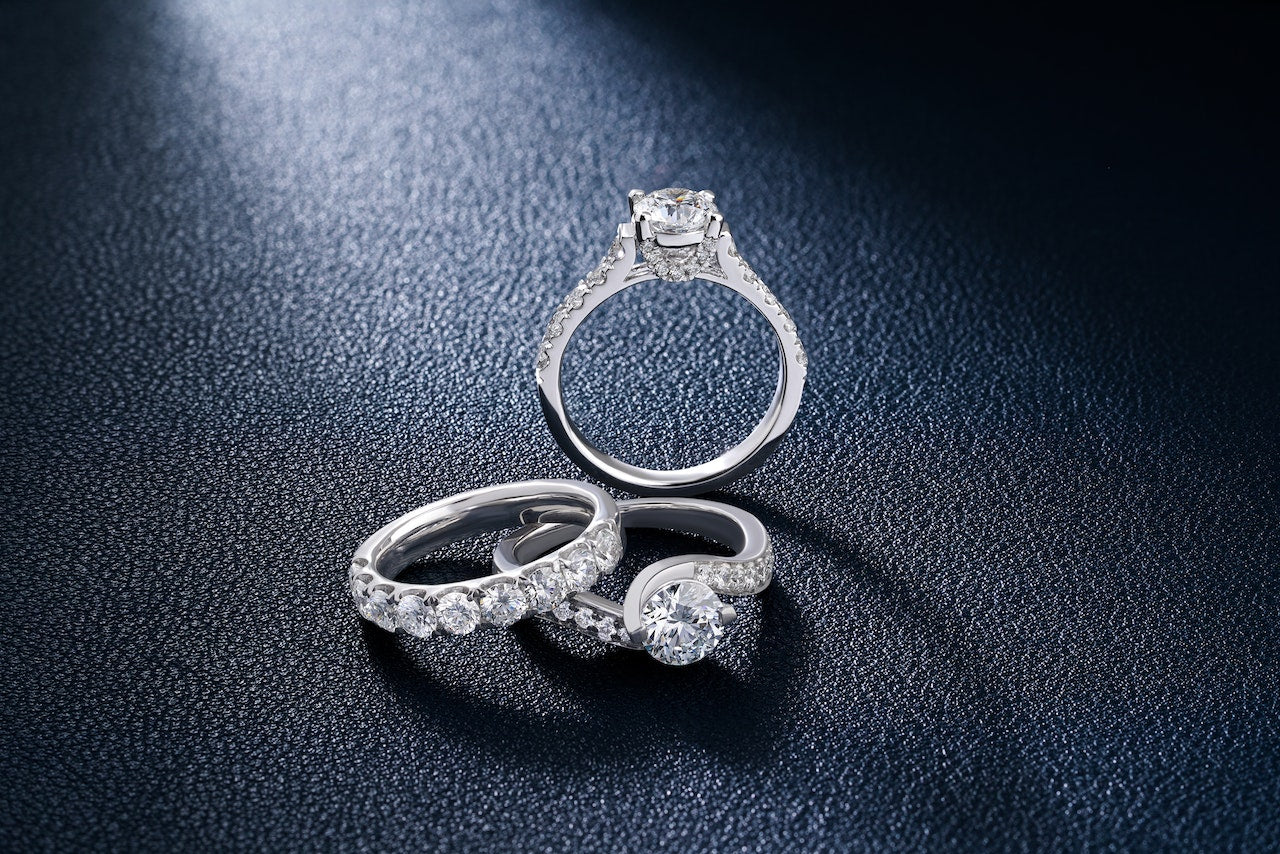Understanding Blood Diamonds and Their Ethical Concerns
Blood diamonds have long been associated with conflict, violence, and human suffering. These diamonds, often mined in war zones, are sold to fund armed conflicts against governments. The trade of blood diamonds has led to countless atrocities, including child labor, human rights abuses, and environmental destruction. In contrast, man-made diamonds offer a conflict-free alternative that eliminates these ethical concerns. As consumers become more aware of the origins of their jewelry, the shift towards man-made diamonds is gaining momentum.
The History and Impact of Blood Diamonds
Blood diamonds have been a significant issue for decades, particularly in African nations where rebel groups exploit natural resources. The profits from blood diamonds fuel wars, leaving destruction and despair in their wake. The international community has attempted to regulate the trade of blood diamonds through initiatives such as the Kimberley Process, but loopholes still exist. As an alternative, man-made diamonds have emerged as a solution that ensures transparency and sustainability. Unlike blood diamonds, man-made diamonds are created in controlled environments, free from exploitation and conflict.
How Blood Diamonds Are Mined and Their Consequences
The mining of blood diamonds involves harsh labor conditions, forced labor, and extreme exploitation. Many miners, including children, are subjected to inhumane treatment and unsafe working conditions. The extraction of blood diamonds also leads to severe environmental damage, including deforestation and soil erosion. On the other hand, man-made diamonds are produced using advanced technology that minimizes environmental harm. With man-made diamonds, consumers can enjoy the beauty of diamonds without contributing to human suffering or ecological destruction.
The Science Behind Man-Made Diamonds
Man-made diamonds are created using two primary methods: High-Pressure High-Temperature (HPHT) and Chemical Vapor Deposition (CVD). These processes replicate the natural formation of diamonds, resulting in stones that are chemically and physically identical to blood diamonds. Unlike blood diamonds, man-made diamonds are produced in laboratories, ensuring ethical and sustainable practices. The controlled environment allows for high-quality diamonds that are free from impurities often found in blood diamonds.
The Rising Demand for Man-Made Diamonds
As awareness about blood diamonds grows, more consumers are turning to man-made diamonds as a responsible choice. Ethical concerns, combined with affordability and sustainability, have contributed to the popularity of man-made diamonds. Unlike blood diamonds, which often come with a history of suffering, man-made diamonds provide peace of mind. Jewelers and brands are also embracing man-made diamonds, offering a wide range of options that cater to modern buyers who value ethics and quality.
The Cost Comparison: Blood Diamonds vs. Man-Made Diamonds
Blood diamonds are typically expensive due to their rarity and mining costs, but the ethical price they carry is even higher. In contrast, man-made diamonds are more affordable while maintaining the same brilliance and durability as blood diamonds. The production of man-made diamonds requires fewer resources and labor, making them a cost-effective option. For consumers who want luxury without guilt, man-made diamonds present a smart investment compared to blood diamonds.
Environmental Benefits of Choosing Man-Made Diamonds
Blood diamonds contribute to deforestation, water pollution, and habitat destruction due to extensive mining operations. The environmental footprint of blood diamonds is immense, causing long-term damage to ecosystems. Conversely, man made diamonds are produced in laboratories with minimal environmental impact. The carbon footprint of man-made diamonds is significantly lower than that of blood diamonds, making them a sustainable alternative for environmentally conscious buyers.
The Future of Diamonds: A Shift Towards Man-Made Diamonds
The jewelry industry is experiencing a transformation as consumers demand transparency and ethical sourcing. Blood diamonds are losing their appeal as people become more educated about their devastating effects. Man-made diamonds represent the future of the industry, offering an ethical and sustainable choice. Major retailers are recognizing this shift and are expanding their collections to include man-made diamonds. As technology advances, man-made diamonds are expected to become even more refined and widely accepted.
Why Consumers Should Choose Man-Made Diamonds Over Blood Diamonds
Choosing man-made diamonds over blood diamonds is a decision that reflects ethical responsibility, environmental consciousness, and economic practicality. Blood diamonds come with hidden costs that extend beyond their price tag, including human suffering and ecological damage. Man-made diamonds provide a guilt-free alternative that aligns with modern values of sustainability and ethical consumerism. By opting for man-made diamonds, individuals can enjoy luxury without compromising their morals or contributing to the dark trade of blood diamonds.
Conclusion: A Conscious Choice for a Better Future
The choice between blood diamonds and man-made diamonds is clear. While blood diamonds are tainted conflict and exploitation, man-made diamonds offer a clean, ethical, and sustainable alternative. As awareness grows, more people are making informed decisions to support the transition from blood diamonds to man-made diamonds. The future of the diamond industry lies in responsible sourcing, and man-made diamonds are leading the way toward a brighter and more ethical future.



